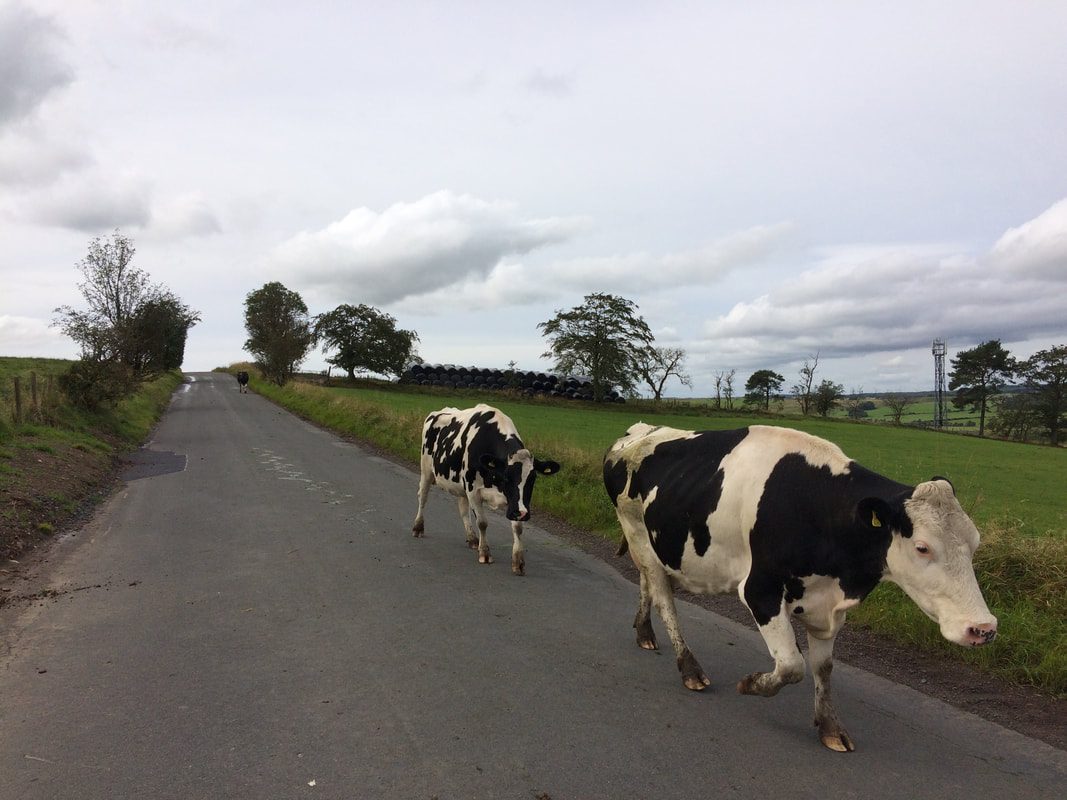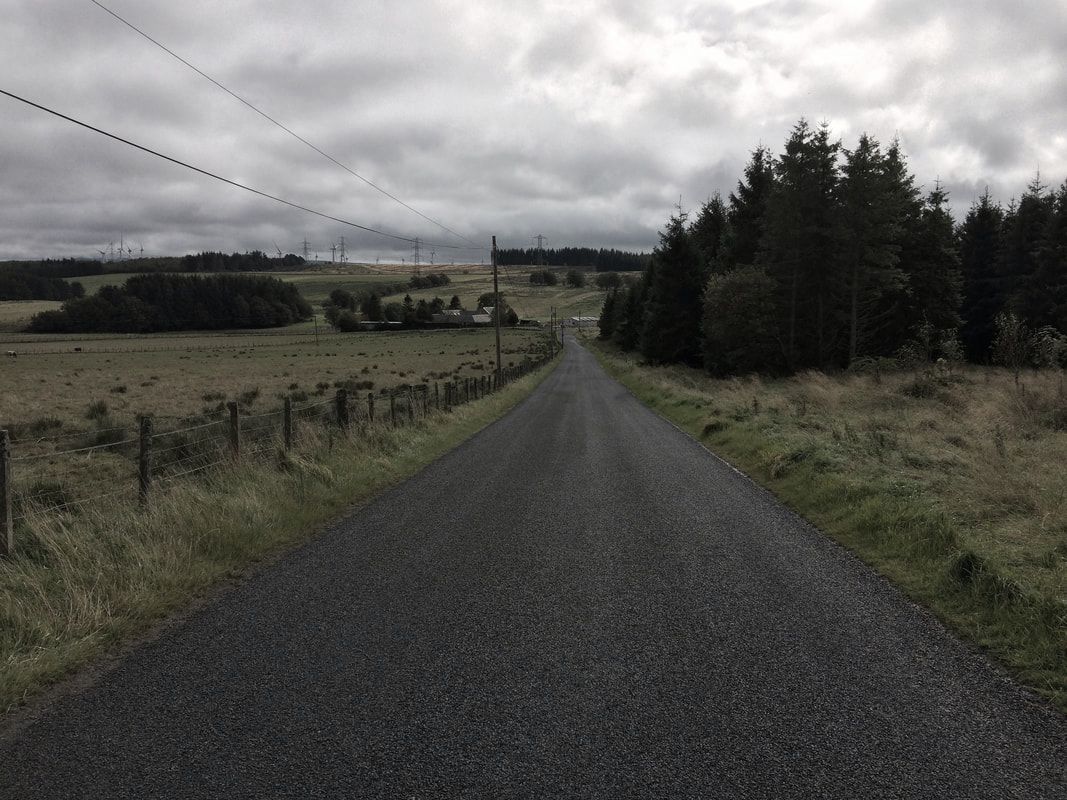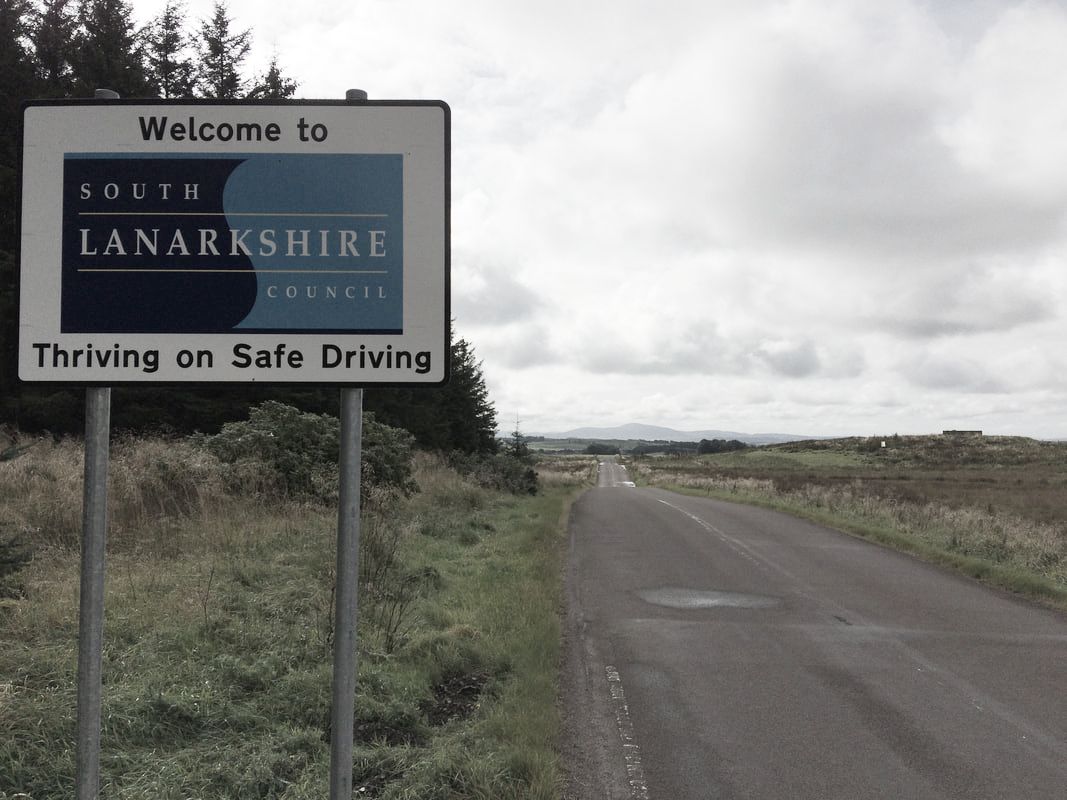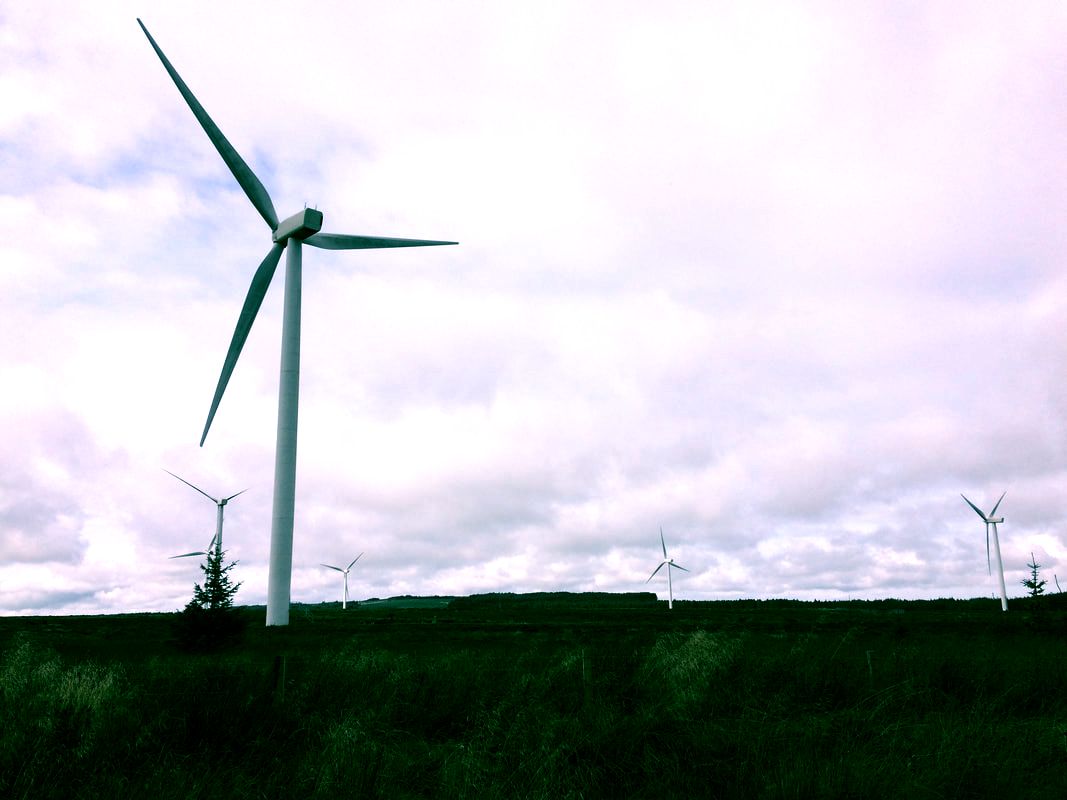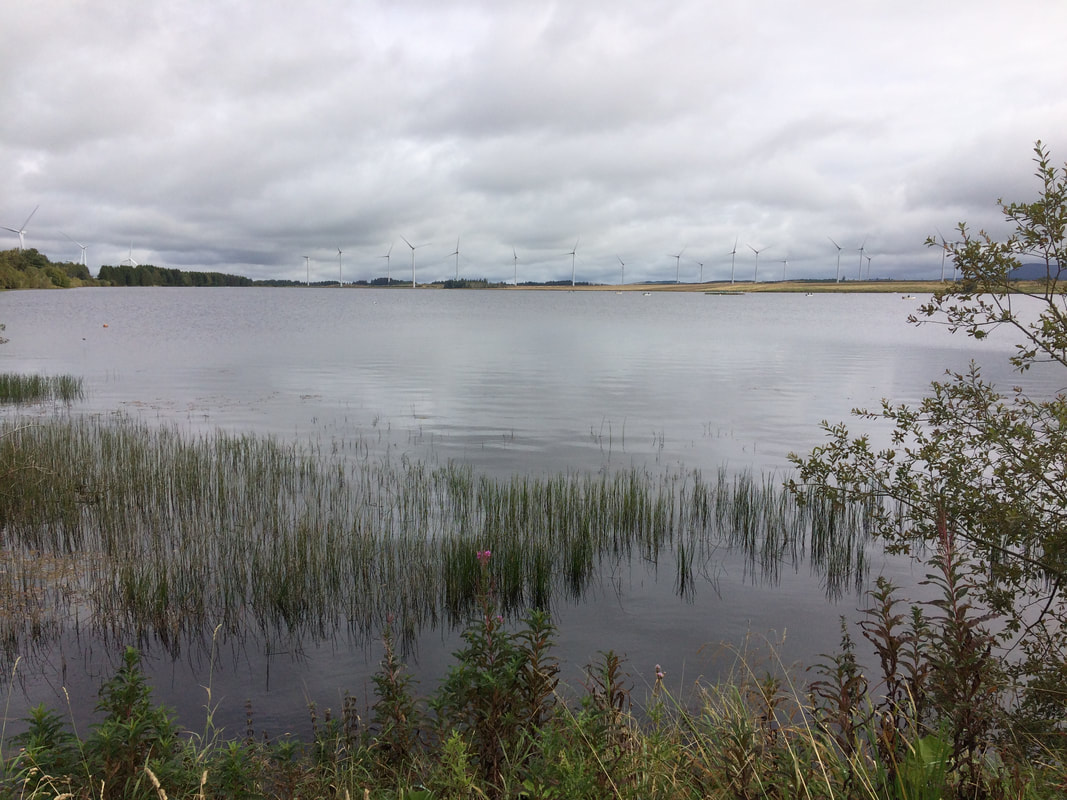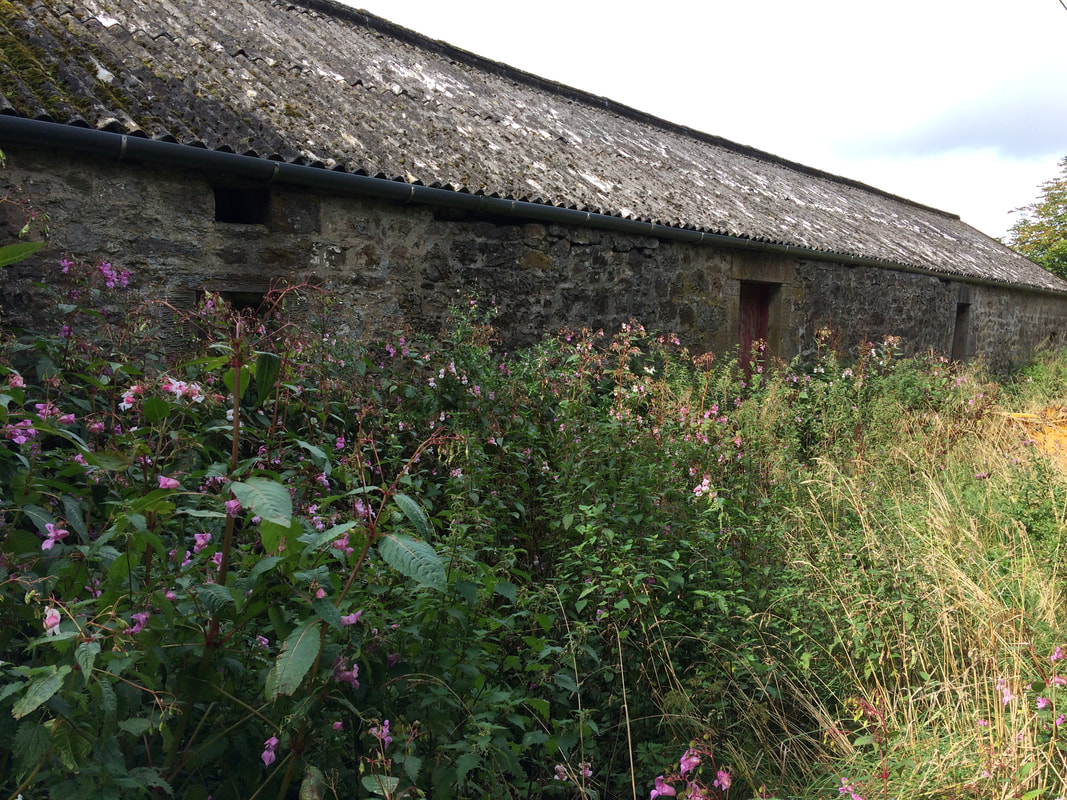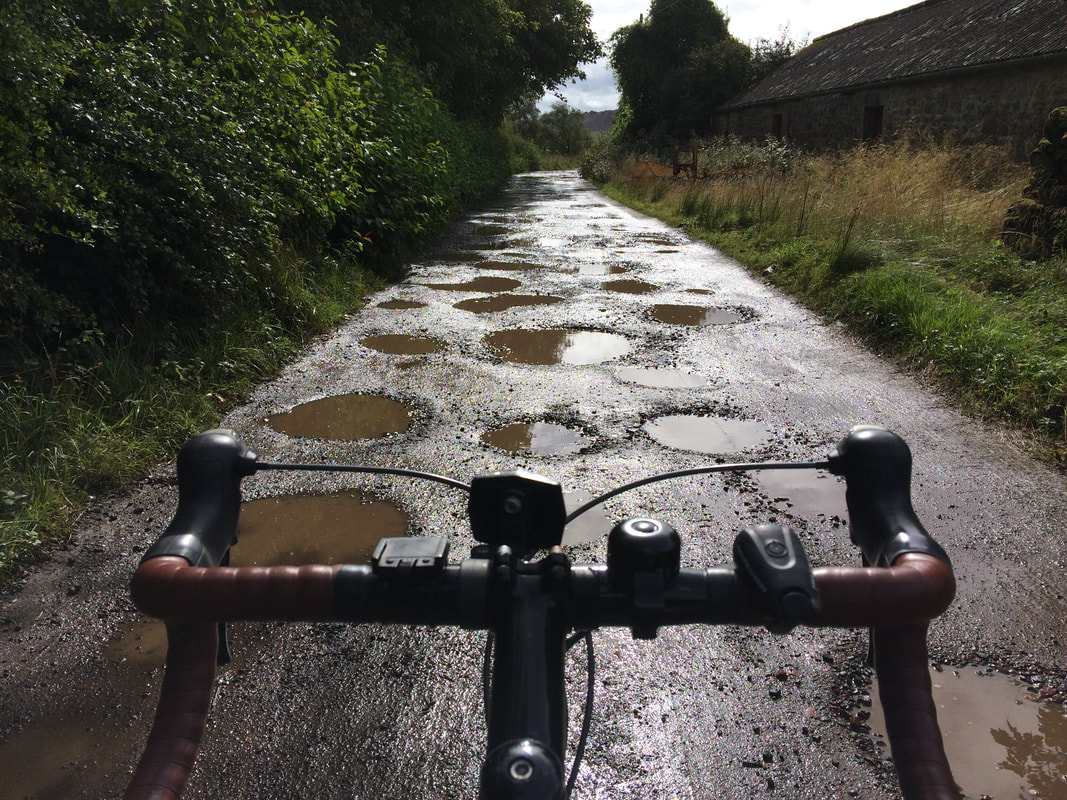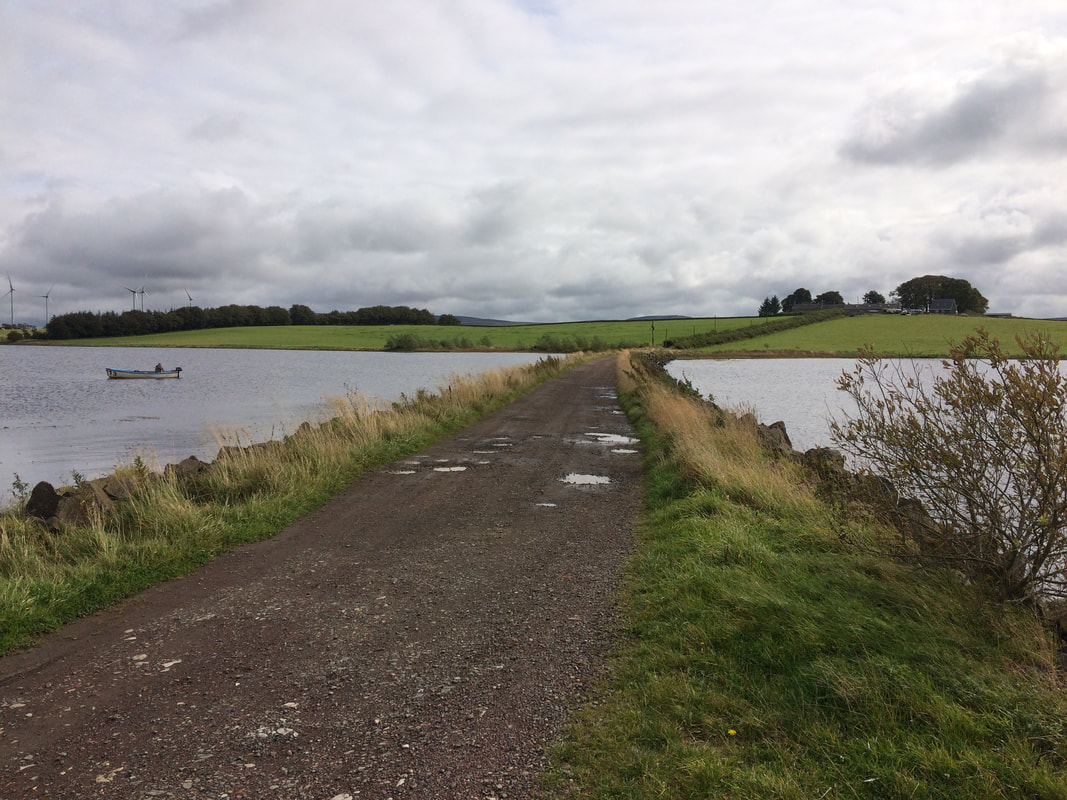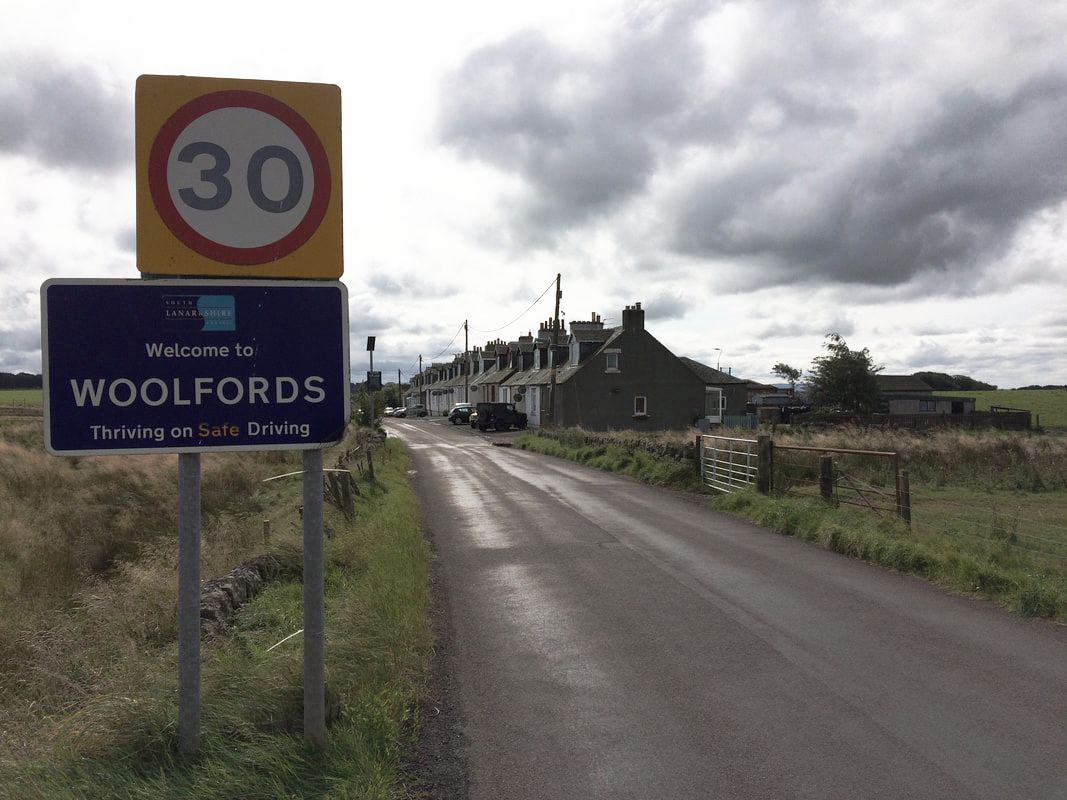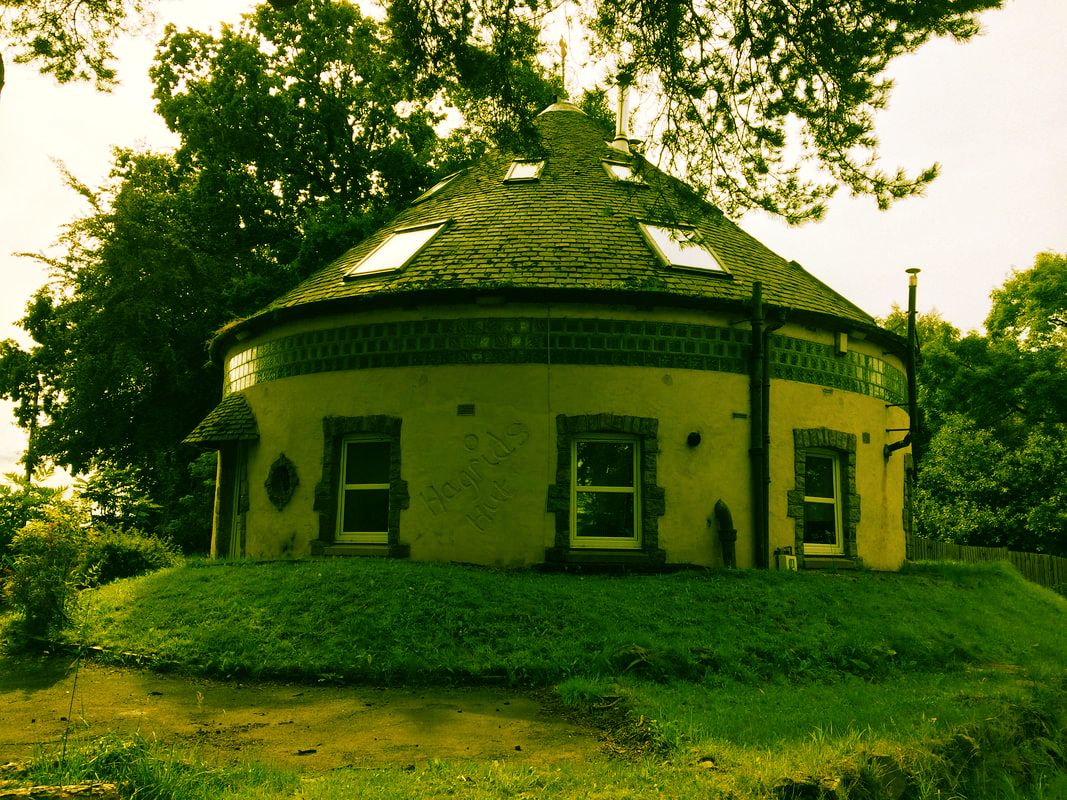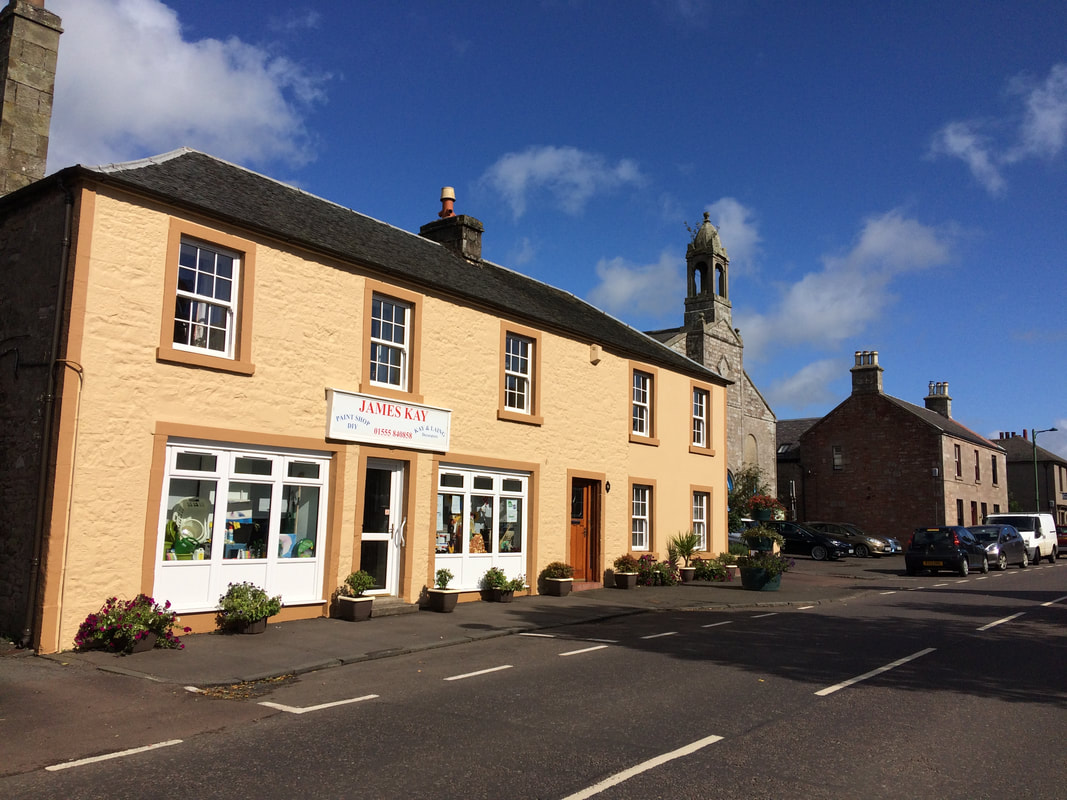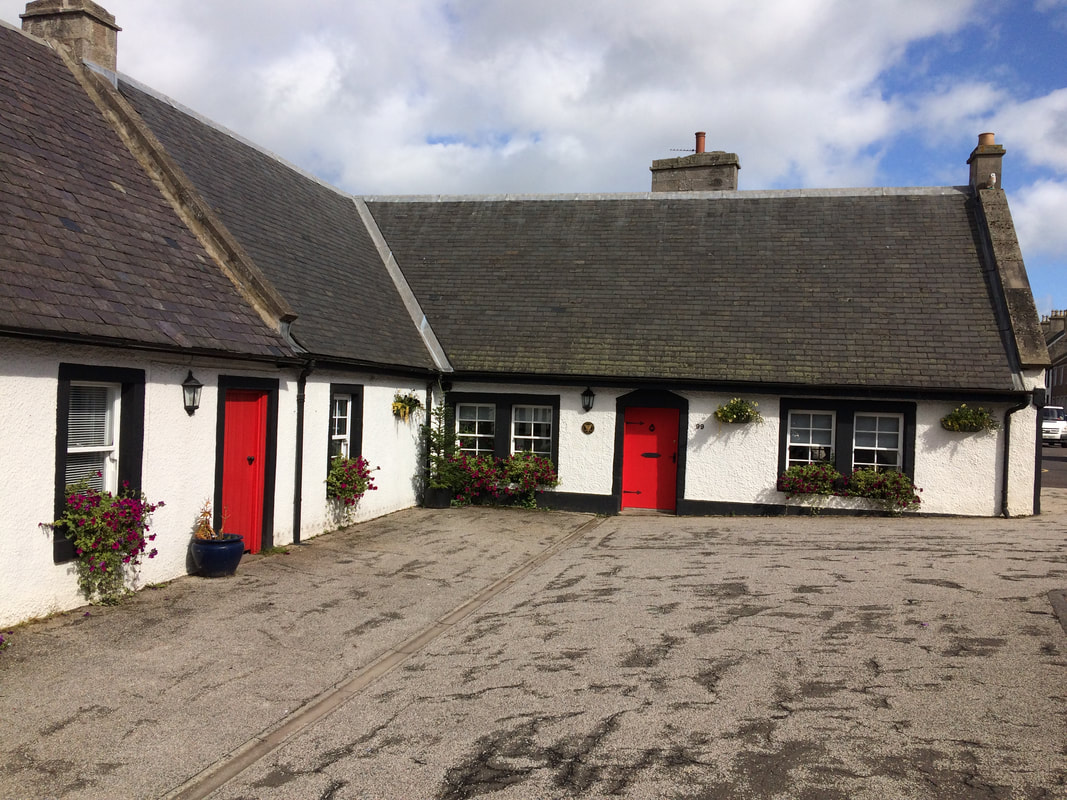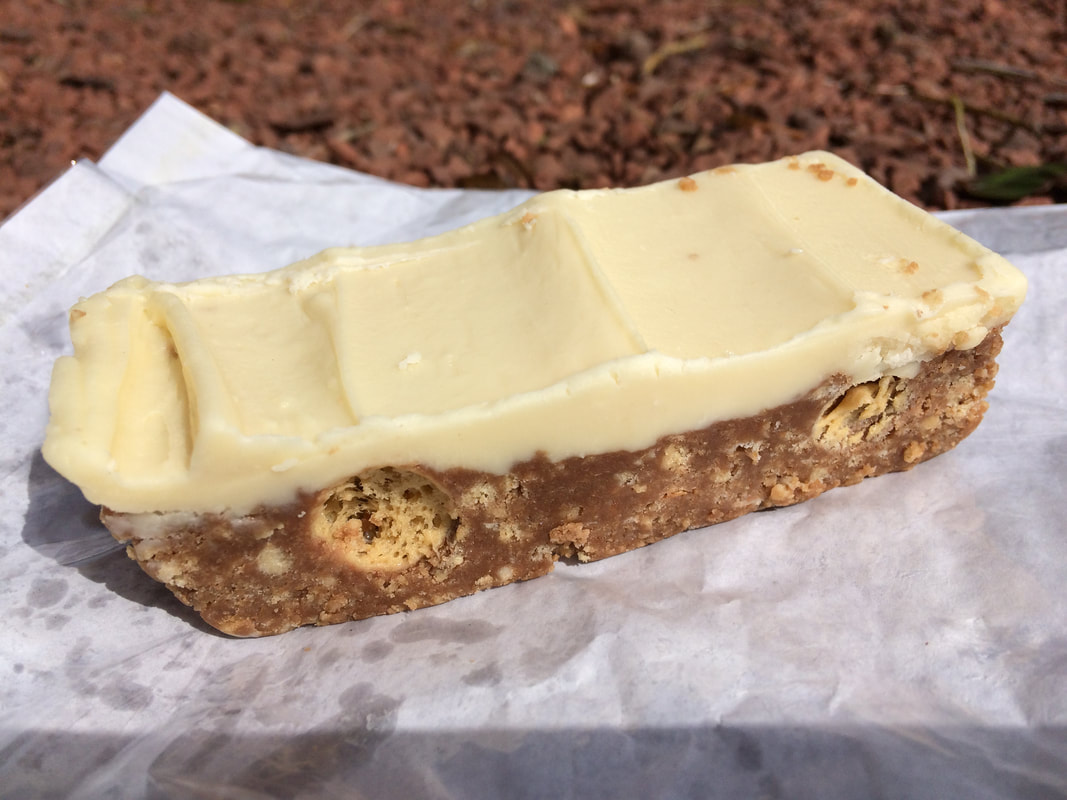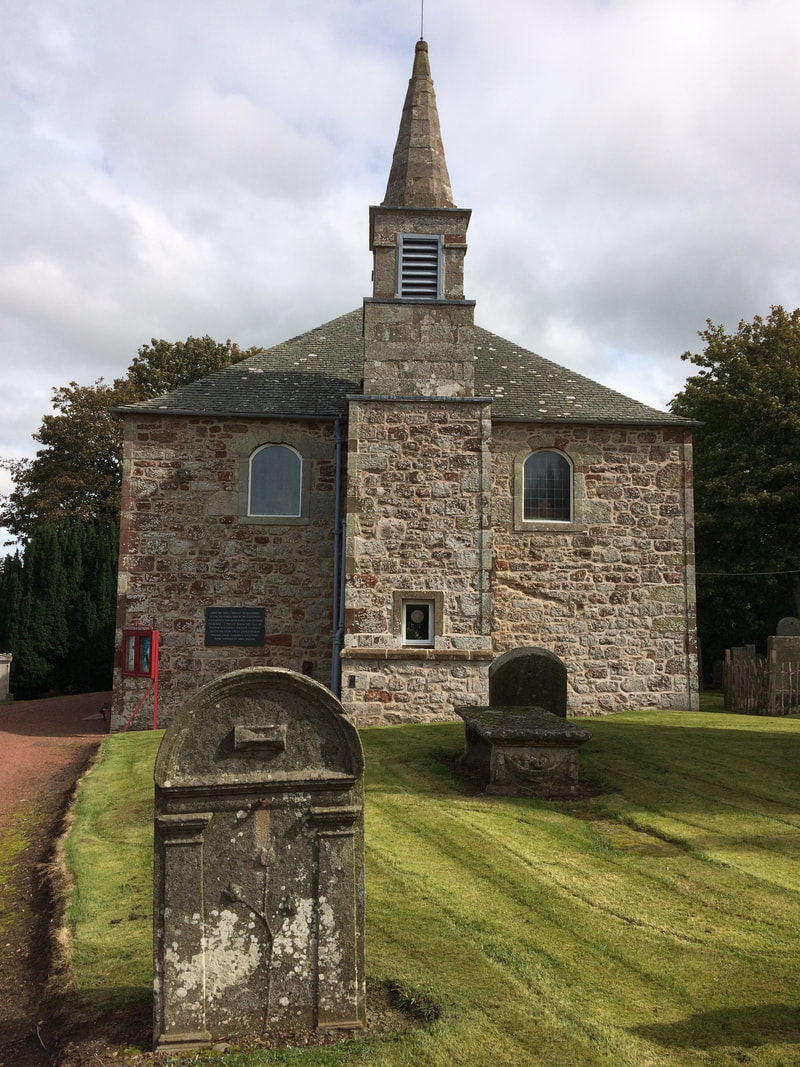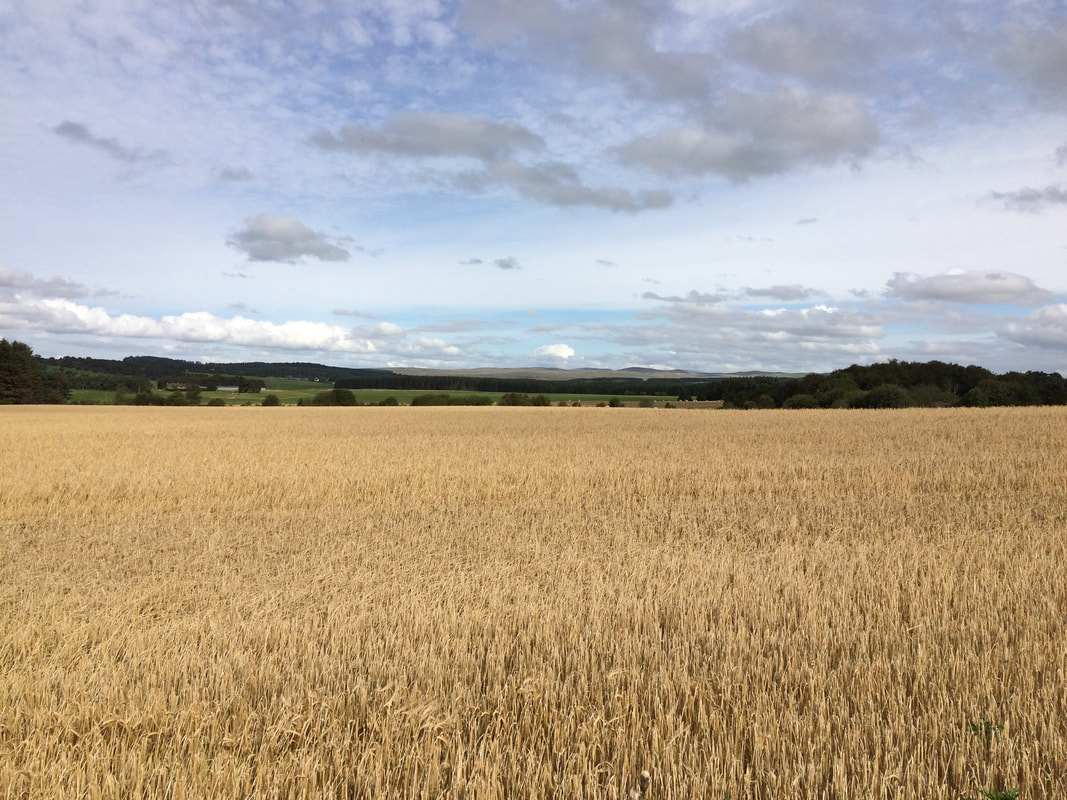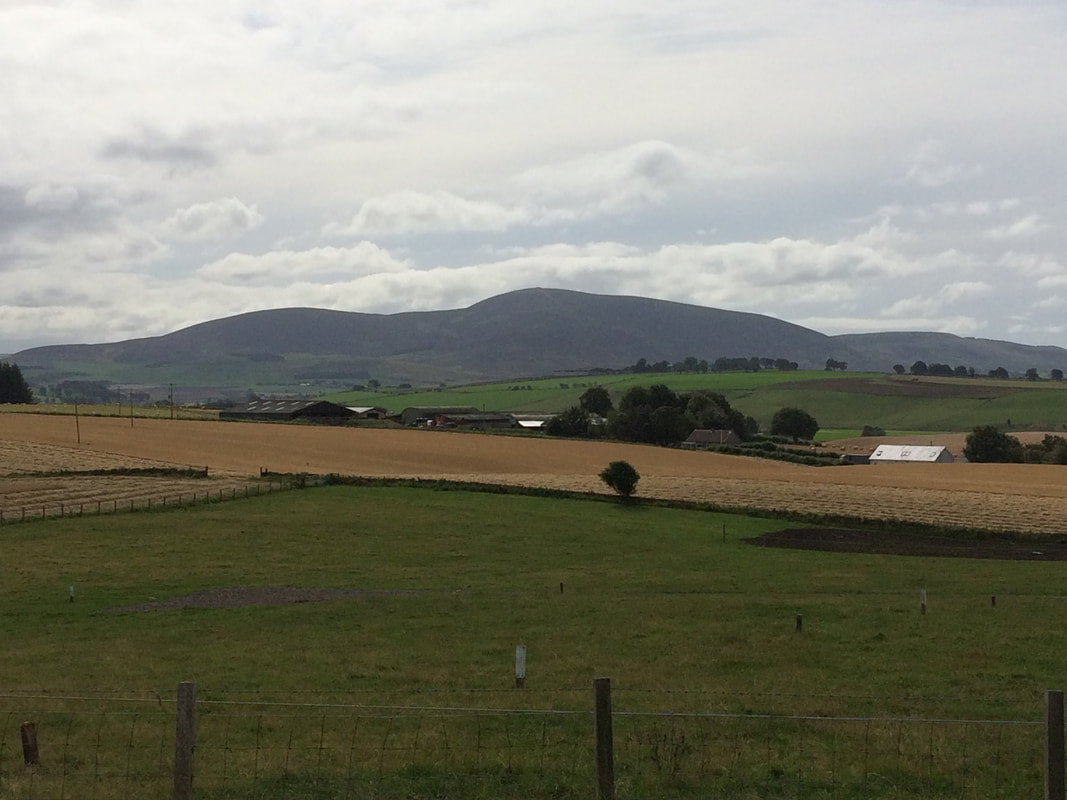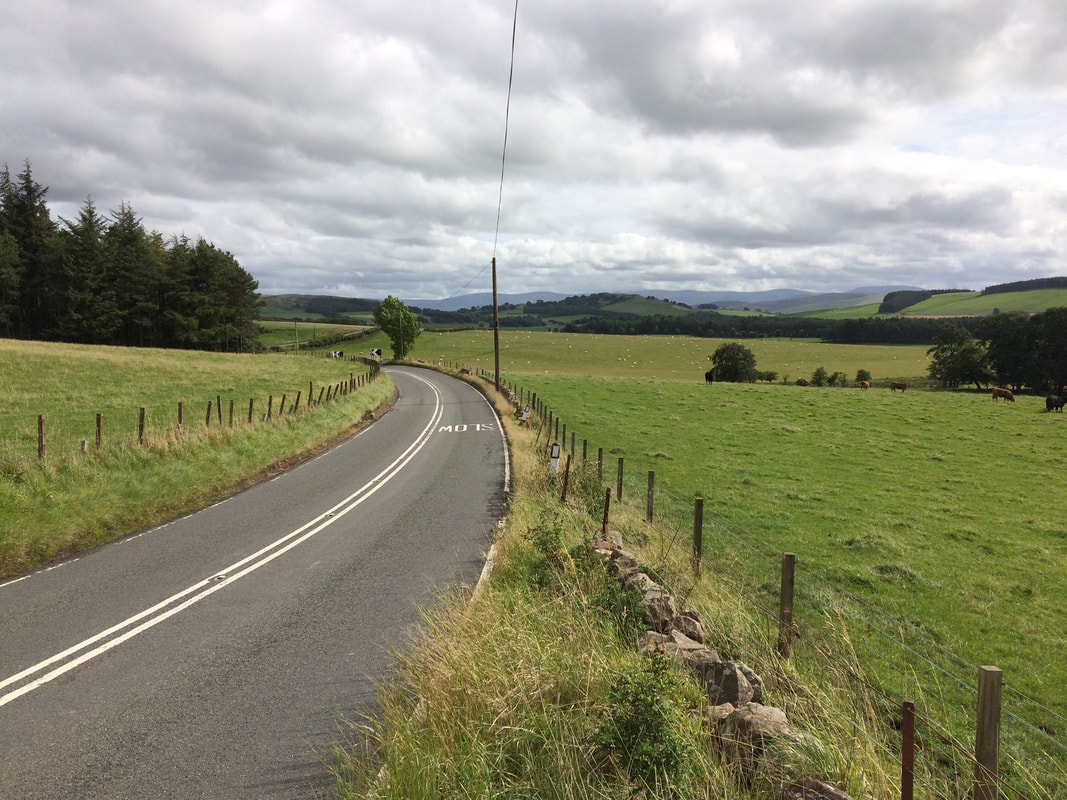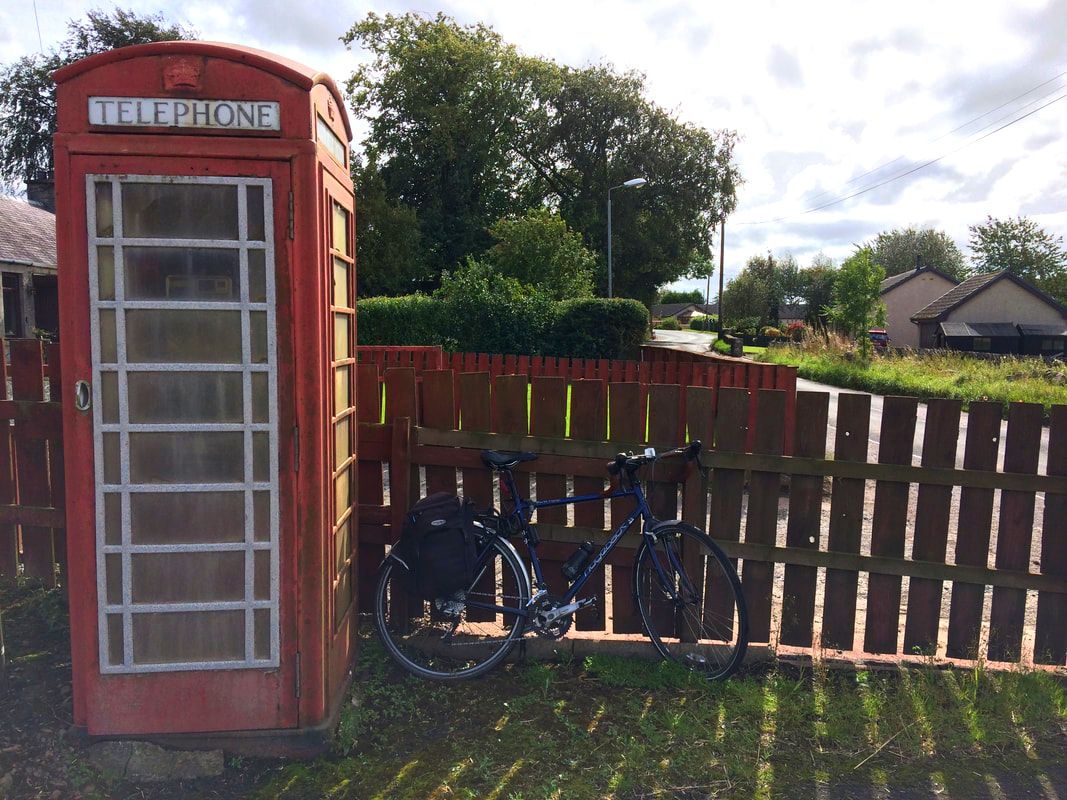|
Biggar, located in rural South Lanarkshire, has a great museum and is crammed with independent shops and cafes. It's about 30 miles from Edinburgh and this blog tells you how to get there and what to see on the way
Highlights of this route
Take a train to Addiewell Carstairs Junction is actually the closest station to Biggar- it's about a 10 mile cycle. However, trains to Carstairs are not that frequent and if you want a longer cycle you could take a train to Addiewell, which is about 20 miles from Biggar. Addiewell is around 35 minutes by train from Edinburgh and around one hour from Glasgow. Addiewell station, now little more than a platform and a couple of bus shelters, was once graced with a ticket office and waiting rooms. It is an isolated location with nothing much in the immediate vicinity. The cycle route travels south on Station Road, a single-track that really feels like you are in a remote location. That's a lot of whisky At the bottom of Station Road you will hit the A71. It's a left turn here where you pass the mass of the North British Distillery. This is a grain whisky producer and the warehouses- row upon row of black brick buildings- contain maturing whisky. In order to qualify as Scotch whisky the liquid must mature for 3 years and this site has a capacity for 130 million litres of the stuff. This is whisky production on an industrial scale and there are no pretty pagoda-topped distillery buildings or guided tours here. I could see weather-beaten whisky barrels, stacked in pyramids and hear beeping delivery lorry reversing alarms.
You are only on the A71 for half-a-mile and there is a pavement alongside it that is not really used by pedestrians, if you don't fancy joining the traffic. You then take a left down a country road that cuts through farming country to the A704 which you cross over to continue on the country road heading south. This is not a particularly scenic road, the farming landscapes are similar to many all over Scotland. The wind turbines are the standout feature here.
Wind power
Some are near the roadside so I pulled over to listen to the gentle whir of the blades. It was quite a novelty to be next to one of these graceful machines for a few moments- you would miss this sitting in a car. There is a border crossing on this route, from one council area, West Lothian, into another, South Lanarkshire. It is marked by a road sign welcoming you to the new area. I always look to see if there are any obvious difference when I cross one of these borders. In most case I find that there is no discernible change, but here it really did feel like I was entering somewhere different. The landscape felt less barren and the horizon suddenly blossomed with the hills of the Southern Uplands and the Pentlands. Cobbinshaw Resorvoir I took a slight detour off the route to investigate a reservoir, largely because I liked the name- Cobbinshaw- and it struck me as the kind of place that not many people will have visited. The road to the reservoir crosses over the West Coast Mainline railway and this got me thinking about all those people speeding to London and being completely unaware of this place. I do love train travel, but high speed trains don't allow you to really examine places like this, to hear their sounds, to experience their atmosphere and to feel their air in your face. I stopped by the shore and could see plenty of boats with fishermen. The only sounds were the gently lapping water and ducks splash landing on its surface.
I took a very muddy, pot-holed road to the causeway. A sign warned of children playing on quads on this road, but I didn't come across any. I paused on the causeway and the stillness made the place feel as remote as a Highland loch, despite being close to Scotland's urban centre.
Welcome to Woolfords Returning to the main route I soon reached one of the few settlements along this road- Woolfords. It consists of a single row of cottages with a foreground of a moor of rushes, reeds and grass, a horizon of hills and legions of clouds. This place seems unbelievably remote and I wondered what it would be like to live there. A car must be essential. There are no shops within walking distance and I could see no evidence of a bus service.
Later on I found the road blocked by a herd of cows. They were walking towards me and I had to get off my bike and gently push it through the crowds, waiting for the beasts to make way for me. I smiled at them, said hello and thanked them for allowing me to pass!
The landscape here is not generic flat farmlands, but has waves and undulations because it was once an area of mountains as tall as the Alps. That was about 4 hundred million years ago and the changes in that landscape over that period of time have sculpted it into what we see today. From a bicycle saddle you naturally pay a lot attention to the road verges and these ones were awash with thistles, buttercups and butterflies.
This road ends at the A70, the Edinburgh Road, where you take a right turn towards Carnwath. You will be on the A70 for less than 10 minutes and I didn't find it a busy road. I passed an interesting house on this road- a round house, with a Harry Potter theme. It's called Hagrid’s Hut and has a weather vain with Harry Potter on his Quidditch broomstick.
Carnwath
Carnwath is a small village that has a main road flanked by rows of single-storey and two-storey cottages. There are some pretty houses here and a few shops. It has an unexpected claim to fame- the oldest running race in the world was started here! It's called the Red Hose Race, started in 1508 by Royal Charter. It must be held every year unless written permission is received from the Crown Authorities. This has only happened once, in 2001, due to the foot and mouth crisis. The village also has a superb bakery called The Apple Pie. It has won numerous awards. Don't let the functional-looking building put you off as the products are well worth trying. Inside you will find a fine selection of savoury pies and cakes. I bought a strawberry tart and a white chocolate and malteser slice.
Cakes at the church
I cycled on a bit to find a picnic spot and came across the pretty parish church at Libberton. The sun was shining in my face and the view was outstanding. In one direction there were golden wheat fields with a big blue sky as far as you can see and in the other direction were the Southern Uplands, their green sides being enhanced by the burst of sun. Every cycle trip has a 'moment' where a special memory is created and it will be the thing you remember the most about the ride. This was the 'moment' of this trip- sitting in the sunshine, a gentle breeze, inspiring surroundings. Oh, and I almost forgot, the cakes! They were very good. The strawberry tart was of a traditional style with a thick and crunch pastry case that gave it a homely, authentic taste.
From Libberton it's just another 5 miles or so to reach Biggar. And to find out what there is to see and do in Biggar head to my blog: Exploring Biggar.
1 Comment
|
Categories
All
Archives
July 2024
|

